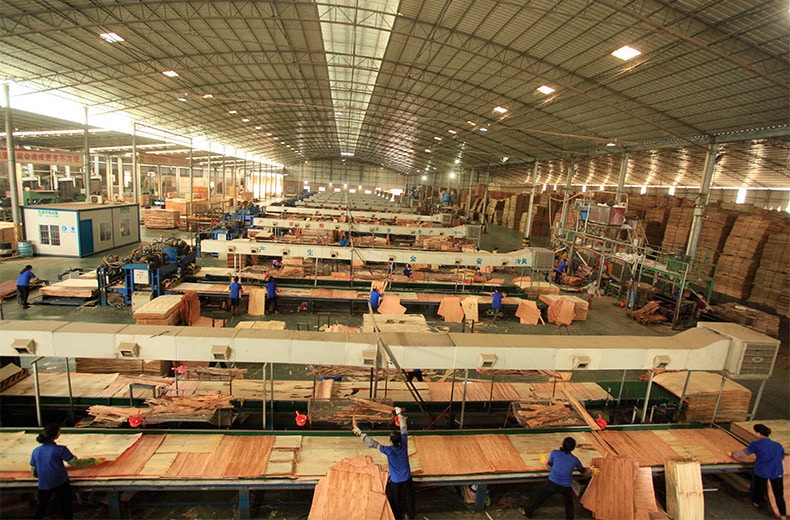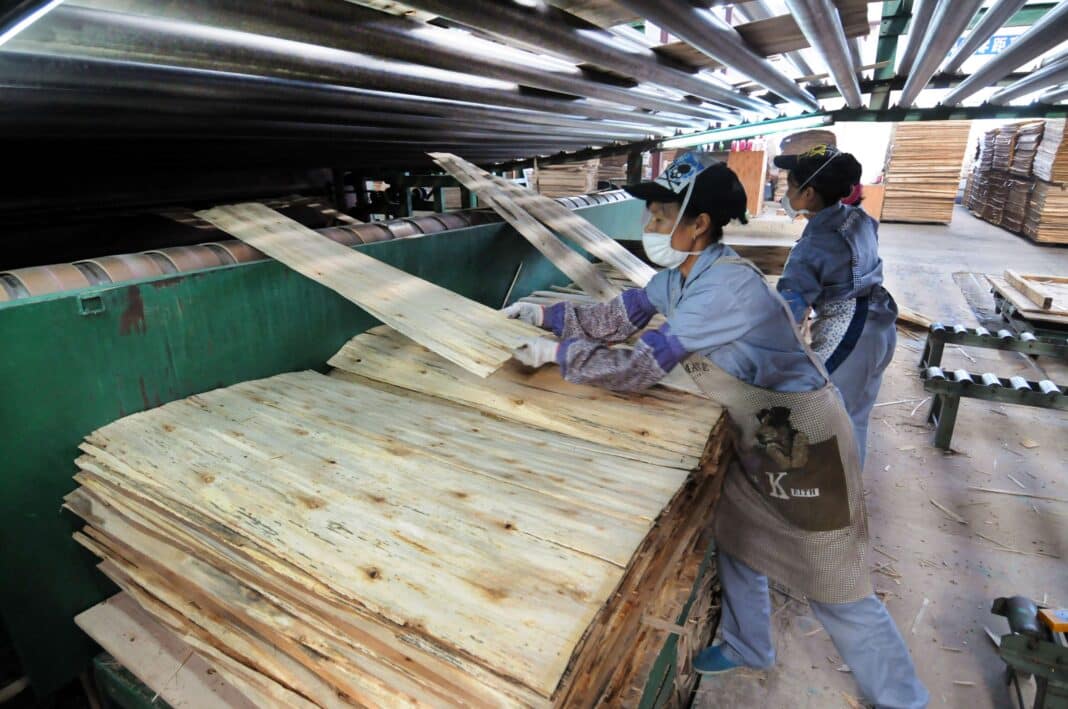Australia remains an ‘open market’ for plywood from China and other Southeast Asian countries, particularly Indonesia, as the region develops more efficient production methods and closes thousands of antiquated factories.
Plywood remains a big part of the Chinese import mix, including engineered wood, mostly LVL.
Although outdated factories have closed, production capacity has seen rapid growth.
China is still by far the world’s largest producer of plywood.
Available trade figures show more than 9800 ‘efficient’ plywood manufacturers spread across 28 provinces and municipalities in China, a decrease of nearly 1000 companies compared to the previous year.
At its peak in 2020, China supplied 71% of the global plywood supply with up to 113 million cubic metres per year, manufactured and distributed to international markets.
The Chinese government has implemented stricter environmental regulations to combat pollution and ensure sustainable development.
These regulations have led to the closure of many small and inefficient plywood factories that fail to meet the required environmental standards.
Additionally, the government has been encouraging industry consolidation to improve efficiency and promote the use of advanced technologies.
Furthermore, the plywood industry in China has been facing increased competition from other countries.
As global trade barriers decrease, Chinese manufacturers face challenges from countries with lower labour costs and more competitive pricing.

This has led to a decline in companies as many struggle to compete in the global market.
Despite the decrease in the number of companies, the total production capacity of China’s plywood industry has grown rapidly, attributed to the expansion and modernisation of existing factories.
Many manufacturers have invested in upgrading equipment and adopted advanced production techniques to improve efficiency and meet the growing demand.
China’s fibreboard industry has also seen a decline in the number of factories and production capacity. Medium-density fibreboard (MDF) is widely used in the furniture and construction industries, and the reduction in this sector can be attributed to similar factors affecting the plywood sector, including stricter regulations and increased competition.
Alongside this, the successful Australia-China Dongmen eucalypt forest project in southern China, which has been operating for more than 50 years and has been the centre of eucalypt tree improvement in the country for more than 35 years, establishing more than 80% of eucalypt plantations – about 6 million hectares – producing mostly veneer, pulp wood and some OSB in a six to eight-year rotation.
China’s annual cut of eucalypts is now 64 million cubic metres, an output valued at more than AU $200 billion.
Meanwhile, the latest estimates show Indonesia’s exports of plywood, veneered panels, and similar laminated wood to Australia is more than US $62 million, advantaged by the Indonesia-Australia Comprehensive Economic Partnership Agreement (IA-CEPA) that eliminated any remaining tariffs on Indonesian imports into Australia.
Most major plywood production in Indonesia are based on ISO management systems, including Quality Management (ISO 9001) and Environmental Management. Product certificates include Q-mark, CE marking JAS, and the latest is FSC chain-of-custody certification.







